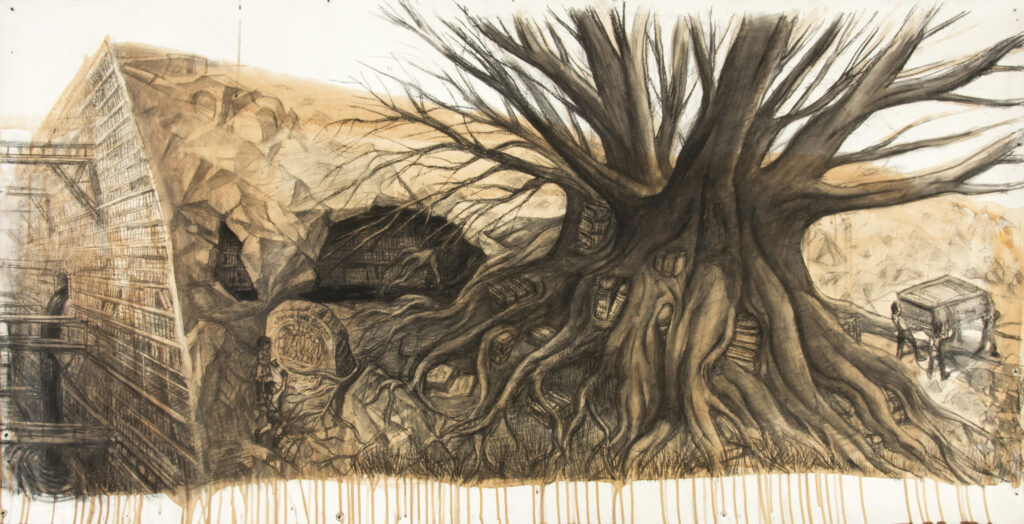A partir del 21 de septiembre y hasta el 19 de noviembre se llevará adelante en el Museo Nacional de Bellas Artes una muestra dedicada al destacado artista bonaerense Daniel Santoro.
“Panorama. El teatro de la memoria” es el nombre de esta exhibición en la que el artista presentará una obra inédita de 30 metros de largo. Además se podrá apreciar una serie de realizaciones en tinta y un dibujo en carbonilla.
La inauguración será a partir de las 19 horas y una vez abierta se podrá visitar de martes a viernes, de 11 a 20 horas y los sábados y domingos, de 10 a 20, con entrada libre y gratuita.
Sobre la muestra, Andrés Duprat –director del museo- describió que estos panoramas pictóricos, populares en el siglo XIX, “eran enormes murales circulares que evocaban hechos trascendentes del pasado, como guerras, desastres naturales y episodios históricos” y agregó: “Eran pinturas realistas que buscaban emular escenas verosímiles: fueron, de alguna manera, un antecedente del cine”.
Finalmente, el directivo detalló que en esta exposición, “Santoro rescata aquel formato al presentar un panorama de treinta metros lineales. Si bien respeta el aspecto formal, el artista opera cambios conceptuales significativos”, donde en un principio “no se trata de la representación de un hecho histórico, sino de la puesta en escena de una cosmovisión personal y distópica en la que el artista expresa sus preocupaciones y su visión crítica de la realidad”, finalizó Duprat.
Asimismo, el artista manifestó que con esta obra intenta “provocar una experiencia inmersiva similar a la de aquellos panoramas de fines del siglo XIX. Pero, en este caso, el espectáculo que se muestra es una línea de tiempo quebrada por una sucesión de indicios de crisis y colapsos que anuncian los posibles finales de este tiempo”.
El panorama ‒que se extiende a lo largo de la sala 42 del segundo piso, hasta cubrir un ángulo de trescientos grados‒ presenta una secuencia de imágenes realizadas en carbonilla y acrílico diluido. “Decidí utilizar la huella material del dibujo y evitar el artificio retórico de la pintura, lo que resultó en una bicromía de colores marrones con pigmentos provenientes de la tierra y la carbonilla”, detalla Santoro.


